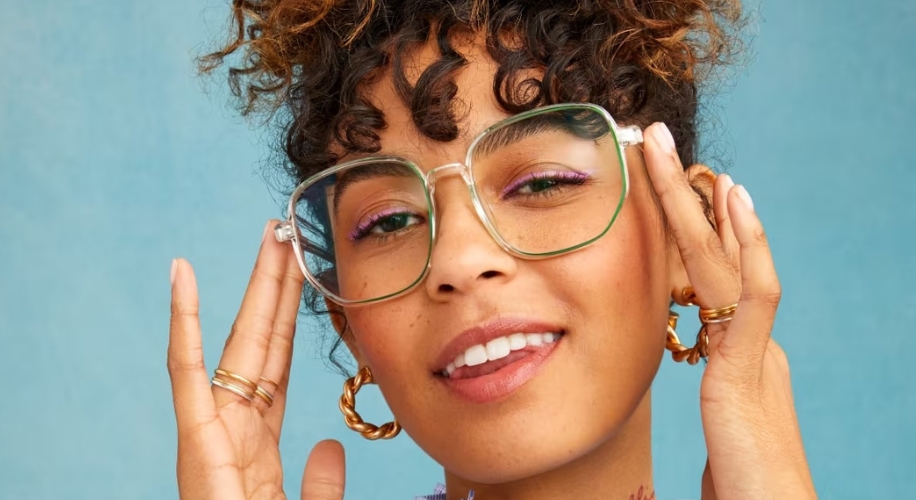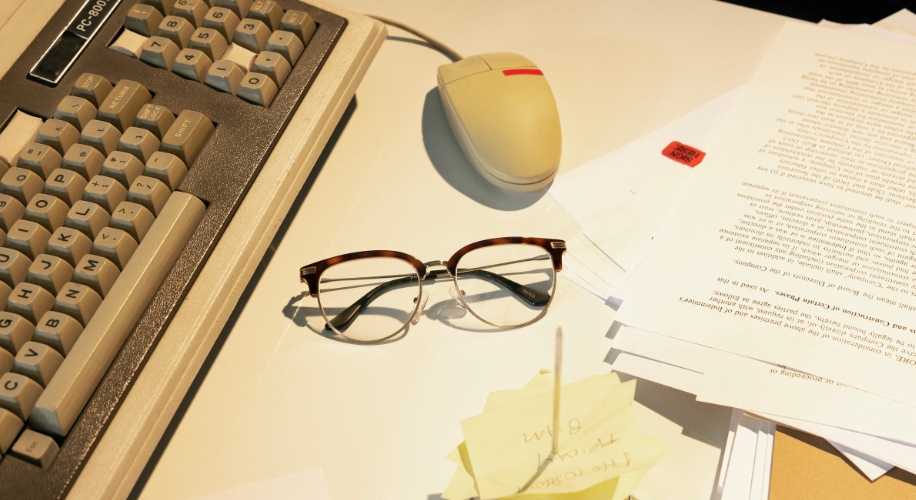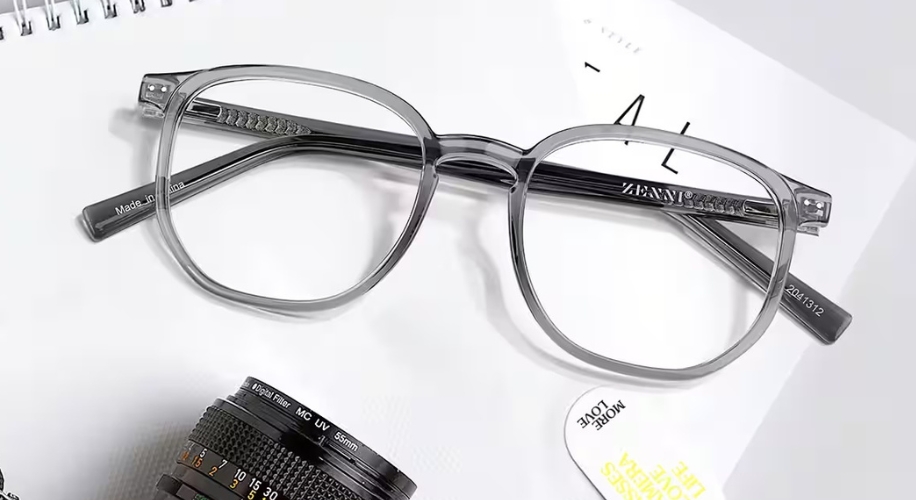Decoding Visual Acuity: Understanding the Snellen Chart
As an optometrist, one of the fundamental tools we utilize to assess visual acuity is the Snellen chart. This iconic eye chart, with its distinctive letters in progressively smaller sizes, serves as a benchmark for gauging how well a person can see at a specific distance. From there we refine your visual acuity to help prescribe the best glasses or contact lenses to fit your vision needs.
Shop these Zenni Glasses
The 20/20 Standard: A Benchmark for Clarity
When we refer to 20/20 vision, we’re delving into the standard of visual acuity. If a person has 20/20 vision, it means they can see at 20 feet what a person with normal vision can see at the same distance. It’s often considered the gold standard for clear eyesight. However, the Snellen chart goes beyond this common measure, offering a range of visual acuity assessments.
Sharper Than Average: 20/15 Vision
For those with 20/15 vision, the clarity is even more impressive. A person with 20/15 vision can see at 20 feet what a person with 20/20 vision can see at 15 feet. This level of visual acuity provides a clearer and sharper vision than what’s typically considered normal. For those who have eagle-sharp vision without glasses, I still recommend considering sunglasses or computer glasses to protect the health of your eye.
Shop These Zenni Frames
Navigating the Road with 20/40: Vision Requirements for Driving
The Snellen chart plays a crucial role in determining if an individual meets the visual requirements for driving. In many US states, a visual acuity of at least 20/40 is necessary for an unrestricted driver’s license. This means that the person can see at 20 feet what a person with normal vision sees at 40 feet. It’s a safety measure to ensure drivers can perceive road signs and potential hazards with clarity. Most road signs are designed to use fonts easily read by people with 20/40 vision. If you are unsure if your vision meets the requirements for driving, we suggest making an appointment for a comprehensive eye exam with your local optometrist.

Photo by Adrien Olichon
Challenges in Clarity: Low Vision and Beyond with 20/200
On the flip side, the Snellen chart is also a tool for assessing low vision. When visual acuity falls below 20/200, the individual is considered to have low vision. This doesn’t imply complete blindness, but it does indicate significant visual challenges that can affect daily living. In such cases, alternative methods and tools are explored to enhance the individual’s quality of life and adapt to their specific visual needs. It is important to note that a person is considered legally blind when their better seeing eye is worse than 20/200, even when utilizing the best glasses for them.
Shop These Zenni Frames
Beyond the Chart: Professional Eye Care
While the Snellen chart is a valuable tool, it’s just one aspect of a comprehensive eye examination. As an optometrist, I take the time to ensure you have the best visual clarity and comfort for your lifestyle and make sure your ocular health is healthy from front to back. From checking for refractive errors to examining the ocular structures, a thorough eye examination provides a holistic understanding of a person’s eye health.
Once you’ve seen your local optometrist, browse Zenni’s extensive selection of frames to choose the style that fits you perfectly. Personalize your glasses on our website to fit YOU, from selecting your frame shape and color to choosing the lens type and coating, all at an affordable price.

About the Author: Dr. Catherine Ong
Dr. Catherine Ong, OD, is an optometrist based in the Bay Area, California. She earned her doctorate from UC Berkeley, School of Optometry and currently provides primary and speciality eyecare in a private practice setting. She has a passion for patient education and enjoys reshaping technical concepts into digestable topics for all patients. When she is not seeing patients, you can find her exploring new restaurants, exercising, or trying out new recipes.





 United States
United States